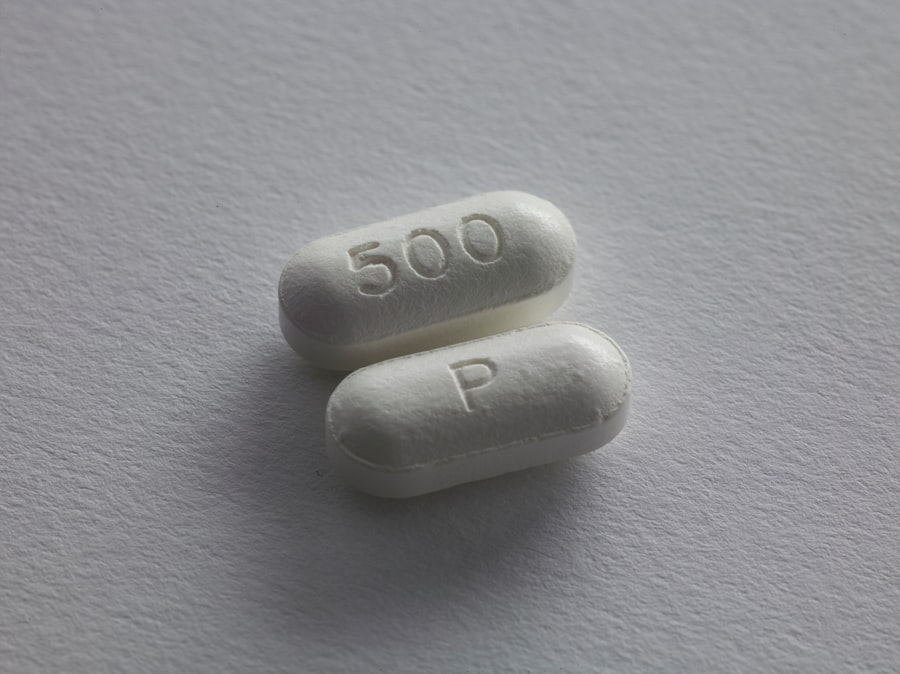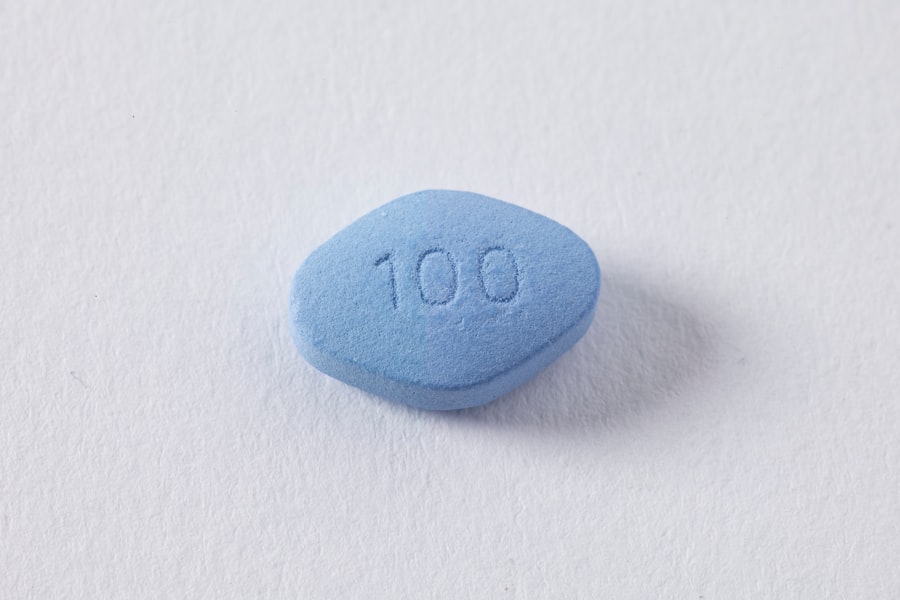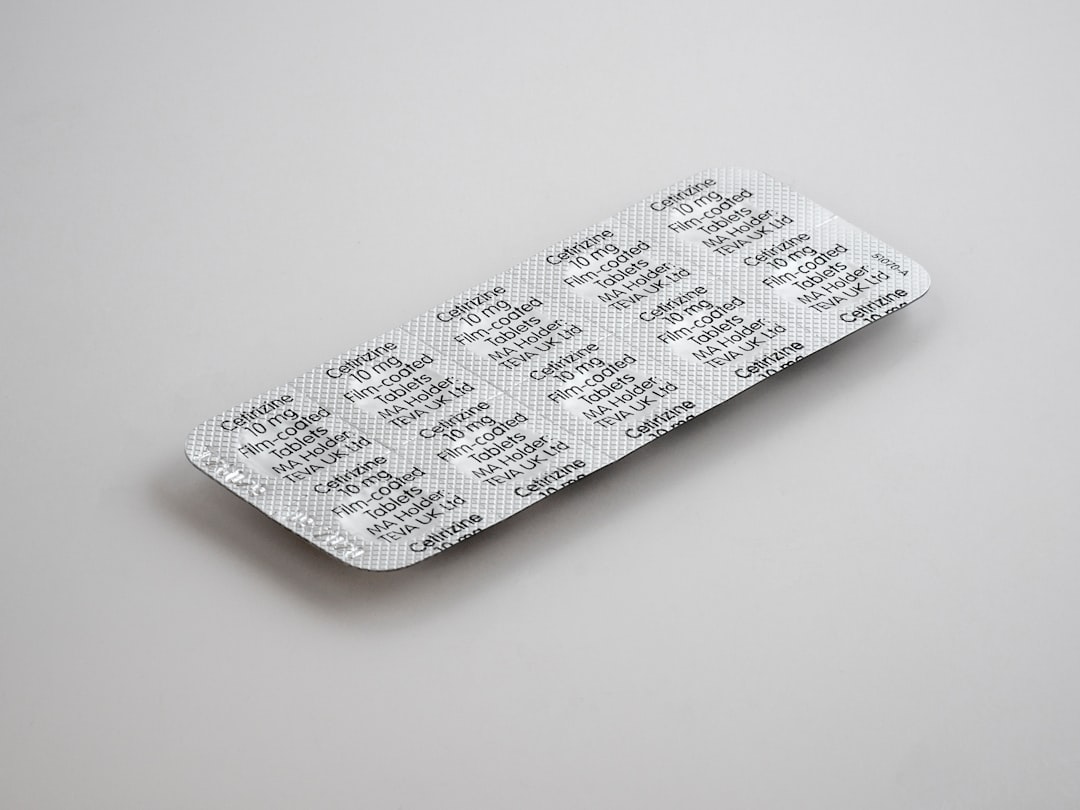During World War II, the need for effective medical treatments became paramount as the conflict escalated and casualties mounted. One of the most significant advancements in medicine during this time was the development of deep tank fermentation, a method that revolutionized the production of antibiotics. This technique allowed for the large-scale cultivation of microorganisms, particularly the mold Penicillium chrysogenum, which is crucial for penicillin production.
The ability to produce penicillin in substantial quantities was not just a scientific breakthrough; it was a lifeline for countless soldiers and civilians suffering from infections that could otherwise prove fatal. Deep tank fermentation represented a shift from traditional fermentation methods, which were limited in scale and efficiency. By utilizing large, controlled environments, scientists could optimize conditions for microbial growth, leading to higher yields of penicillin.
This innovation was critical during a time when the demand for medical supplies outstripped supply chains, and the urgency of wartime medicine required rapid solutions. The importance of deep tank fermentation cannot be overstated; it laid the groundwork for modern antibiotic production and showcased the potential of biotechnological advancements in addressing global health crises.
Key Takeaways
- Deep tank fermentation played a crucial role in mass producing penicillin during WWII
- Penicillin’s discovery revolutionized medicine and saved countless lives during the war
- The need for mass production of penicillin during WWII led to innovations in deep tank fermentation
- Deep tank fermentation was instrumental in the mass production of penicillin, contributing to the outcome of WWII
- Challenges in deep tank fermentation for penicillin production led to important innovations in the field
Penicillin’s Discovery and Its Impact on Medicine
The discovery of penicillin by Alexander Fleming in 1928 marked a turning point in medical history.
However, it wasn’t until the late 1930s and early 1940s that researchers began to understand how to harness penicillin’s potential effectively.
The initial excitement surrounding penicillin’s discovery was tempered by the challenges of producing it in sufficient quantities, which would later be addressed through innovations like deep tank fermentation. Penicillin’s impact on medicine was profound. It transformed the treatment landscape for infections that were once considered deadly, such as pneumonia, syphilis, and wound infections.
The introduction of penicillin into clinical practice not only saved countless lives but also changed the way physicians approached infectious diseases. The ability to treat bacterial infections effectively reduced mortality rates significantly and paved the way for further antibiotic research and development. As you reflect on this period, consider how penicillin’s introduction reshaped public health and established a foundation for future medical advancements.
The Need for Mass Production of Penicillin During WWII

As World War II intensified, the need for effective medical treatments became increasingly urgent. Soldiers on the front lines faced numerous threats, not only from enemy combatants but also from infections that could arise from wounds sustained in battle. The staggering number of casualties highlighted the necessity for a reliable antibiotic to prevent infections and save lives.
The military recognized that without a means to mass-produce penicillin, many soldiers would succumb to infections that could have been easily treated. The urgency of wartime conditions spurred governments and scientists to prioritize penicillin production. The Allied forces understood that having access to this life-saving drug could significantly impact troop morale and overall military effectiveness.
As you consider this context, it’s essential to appreciate how the war catalyzed scientific collaboration and innovation, leading to breakthroughs that would have lasting implications beyond the battlefield. The race to produce penicillin at scale was not just about saving lives; it was about ensuring victory in a global conflict.
The Role of Deep Tank Fermentation in Mass Producing Penicillin
| Metrics | Data |
|---|---|
| Penicillin Production Time | 4-7 days |
| Yield of Penicillin | 20,000-25,000 units per milliliter |
| Fermentation Tank Size | 10,000-50,000 liters |
| Optimal pH for Fermentation | 6.0-6.5 |
| Optimal Temperature for Fermentation | 25-27°C |
Deep tank fermentation emerged as a critical solution to the challenge of mass-producing penicillin during World War
This method involved carefully controlling various factors such as temperature, pH levels, and nutrient availability to maximize microbial growth and penicillin production. The transition to deep tank fermentation not only increased efficiency but also enabled continuous production processes that were essential during wartime. As you delve into this topic, consider how this innovation exemplified the intersection of science and necessity, demonstrating how urgent needs can drive technological advancements that change the course of history.
Challenges and Innovations in Deep Tank Fermentation for Penicillin Production
While deep tank fermentation represented a significant advancement in penicillin production, it was not without its challenges. Researchers faced numerous obstacles, including optimizing fermentation conditions and managing contamination risks. The complexity of scaling up production from laboratory settings to industrial levels required innovative solutions and collaboration among scientists and engineers.
One notable challenge was ensuring consistent quality and potency of the penicillin produced. Variability in microbial strains and fermentation conditions could lead to fluctuations in yield and effectiveness. To address these issues, scientists developed rigorous quality control measures and refined their techniques over time.
As you explore this section, think about how these challenges spurred creativity and collaboration within the scientific community, ultimately leading to breakthroughs that would benefit not only wartime efforts but also future pharmaceutical developments.
The Impact of Penicillin on the Outcome of WWII

The introduction of penicillin during World War II had a profound impact on the outcome of the conflict. As soldiers received timely treatment for infections, mortality rates dropped significantly, allowing more troops to return to active duty rather than succumbing to preventable illnesses. This shift not only bolstered troop strength but also improved overall morale among soldiers who knew they had access to effective medical care.
Moreover, penicillin’s role extended beyond individual soldiers; it influenced military strategies and operations. Commanders recognized that maintaining troop health was crucial for sustaining military campaigns, leading to increased emphasis on medical logistics and support systems. As you reflect on this impact, consider how penicillin not only saved lives but also altered the dynamics of warfare itself, highlighting the interconnectedness of medicine and military strategy during this tumultuous period.
The Collaboration Between Scientists and Industry in Penicillin Production
The mass production of penicillin during World War II was a remarkable example of collaboration between scientists and industry. Researchers from various institutions worked tirelessly to refine fermentation techniques while industrial partners focused on scaling up production capabilities. This partnership was essential in overcoming the challenges associated with deep tank fermentation and ensuring a steady supply of penicillin for military use.
Pharmaceutical companies played a crucial role in translating laboratory discoveries into practical applications. They invested in infrastructure and resources necessary for large-scale production while also navigating regulatory hurdles. As you consider this collaboration, think about how it exemplified the power of teamwork across disciplines—scientists bringing their expertise in microbiology and chemistry together with industry leaders who understood manufacturing processes and market demands.
The Legacy of Deep Tank Fermentation in Modern Medicine
The innovations developed during World War II laid the groundwork for modern medicine’s approach to antibiotic production. Deep tank fermentation techniques have evolved but remain foundational in producing not only penicillin but also a wide range of other antibiotics used today. The lessons learned during this period continue to inform biotechnological advancements, emphasizing the importance of efficiency, scalability, and quality control in pharmaceutical manufacturing.
Moreover, the legacy of deep tank fermentation extends beyond antibiotics; it has influenced various fields within biotechnology and pharmaceuticals. As you explore this legacy, consider how historical advancements shape contemporary practices and inspire ongoing research aimed at addressing current health challenges. The story of deep tank fermentation is not just about past achievements; it is a testament to human ingenuity and resilience in the face of adversity.
The Global Impact of Penicillin Production During WWII
The global impact of penicillin production during World War II cannot be overstated. As Allied forces gained access to this life-saving drug, it became a symbol of hope amidst the chaos of war. Countries involved in the conflict recognized that effective medical treatment could significantly influence their military capabilities and civilian health outcomes.
This realization led to collaborative efforts across borders as nations shared knowledge and resources to enhance penicillin production. Furthermore, the widespread availability of penicillin had lasting effects on public health beyond wartime applications. After the war, surplus supplies were utilized to treat civilian populations suffering from infections exacerbated by wartime conditions.
As you reflect on this global impact, think about how penicillin transcended its initial purpose as a military asset to become a cornerstone of modern medicine worldwide.
The Ethical and Moral Dilemmas of Penicillin Distribution in WWII
While penicillin’s introduction brought hope and healing during World War II, it also raised ethical and moral dilemmas regarding its distribution. Access to this life-saving drug was often unequal, with military personnel receiving priority over civilians in many cases. This disparity highlighted broader issues related to healthcare equity during times of crisis—questions about who deserves access to life-saving treatments when resources are limited.
Additionally, there were concerns about how penicillin was used in wartime contexts versus civilian applications. As you consider these ethical dilemmas, think about how they resonate with contemporary discussions surrounding healthcare access and equity today. The lessons learned from penicillin distribution during WWII continue to inform ongoing debates about medical ethics and resource allocation in times of crisis.
Lessons Learned from Deep Tank Fermentation and Penicillin’s Role in WWII
The story of deep tank fermentation and penicillin’s role during World War II offers valuable lessons that extend far beyond its historical context. One key takeaway is the importance of innovation driven by necessity; when faced with urgent challenges, collaboration among scientists, industry leaders, and governments can lead to groundbreaking advancements that save lives. Moreover, this period underscores the significance of equitable access to medical treatments—a lesson that remains relevant today as we navigate global health challenges such as pandemics or antibiotic resistance crises.
As you reflect on these lessons learned from deep tank fermentation and penicillin’s impact during WWII, consider how they can inform our approach to contemporary healthcare issues while inspiring future generations to prioritize innovation in medicine for the betterment of society as a whole.
During World War II, the development of deep tank fermentation revolutionized the production of penicillin, making it possible to produce the antibiotic on a large scale and save countless lives. This method, which involved growing the Penicillium mold in large, aerated tanks, was a significant advancement over the previous surface culture techniques. For more insights into the historical context and technological advancements of this era, you can explore a related article on the topic by visiting this page.
FAQs
What is deep tank fermentation?
Deep tank fermentation is a method of large-scale industrial fermentation used to produce various products, including antibiotics like penicillin. It involves the use of large tanks or fermenters to cultivate microorganisms such as bacteria or fungi under controlled conditions to maximize product yield.
How was deep tank fermentation used to produce penicillin during WWII?
During World War II, deep tank fermentation was utilized to mass-produce penicillin, which was in high demand to treat wounded soldiers. The method allowed for the large-scale cultivation of the Penicillium mold, which is the source of penicillin, leading to a significant increase in the availability of the antibiotic.
What impact did deep tank fermentation have on the production of penicillin during WWII?
The use of deep tank fermentation revolutionized the production of penicillin during WWII, making it possible to produce the antibiotic in much larger quantities than was previously possible. This had a significant impact on the treatment of infections and saved countless lives, particularly among wounded soldiers on the front lines.
How did deep tank fermentation contribute to the war effort during WWII?
The mass production of penicillin through deep tank fermentation played a crucial role in the war effort during WWII by providing a reliable and effective treatment for infections among military personnel. This, in turn, helped to reduce mortality rates and improve the overall health and well-being of soldiers, contributing to the overall success of the war effort.
